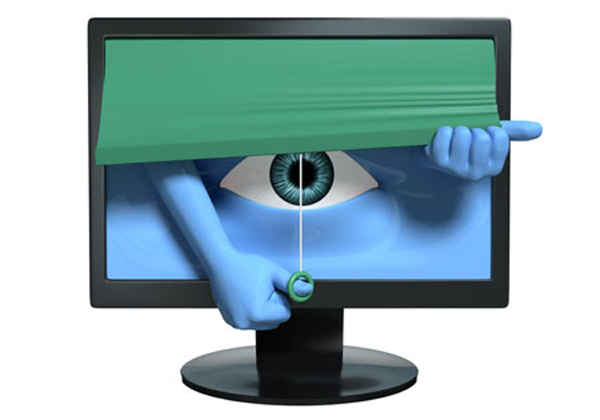Spyware: What It Is, and How to Remove It
We've heard a lot about spyware, but what exactly is it and how does it differ from other kinds of malware?


Spyware is computer software installed without the user's knowledge that is designed to gather information about his or her Internet surfing habits. Some forms of spyware also collect personal information or log keystrokes, and add greatly to the risks of identity theft.
Many businesses legally use spyware installed on company computers to monitor employees' activities. However, users of home computers need to be especially concerned about spyware, which rarely alerts the user to its installation or its existence.
Once a computer is infected with spyware, various problems may surface. The system may mysteriously slow down as the spyware secretly eats up processing power and memory. A new toolbar may appear on your Web browser, or the browser might have a new "home" page. Unknown icons may pop up on the desktop, and previously unseen errors messages may display.
The first step toward removing a spyware program is to update the operating system. Windows PCs periodically receive updates from Microsoft, and one constantly updated application is the Microsoft Malicious Software Removal Tool. It will detect if your PC has been infected by a specific type of spyware and will remove the spyware.
The next step is to install anti-spyware software that can detect and remove spyware. Some well-regarded free anti-spyware products include Ad-Aware, Spybot Search & Destroy and Malwarebytes' Anti-Malware. (Many lesser-known anti-spyware products may actually be malware; if it hasn't been recommended by a reputable source, avoid it.)
If you have problems installing legitimate anti-spyware software, you may have already been infected. Try another reputable product.
Once you get the anti-spyware software installed, run a system scan. It may take an hour or more to detect whether spyware is present. No single anti-spyware program can find every piece of spyware, so you may need to scan your system with more than one product.
Get instant access to breaking news, the hottest reviews, great deals and helpful tips.
To limit your exposure to spyware, make sure that you have a firewall turned on (the latest versions of Windows and Mac OS X have built-in firewalls) and a robust anti-virus product installed.
The more sophisticated anti-virus programs will alert you when visit a Web page infected with spyware or other malware. Taking steps to limit your exposure to spyware can prevent infections that lead to unforeseen problems.
Follow us @TomsGuide, on Facebook and on Google+.

Tom's Guide upgrades your life by helping you decide what products to buy, finding the best deals and showing you how to get the most out of them and solving problems as they arise. Tom's Guide is here to help you accomplish your goals, find great products without the hassle, get the best deals, discover things others don’t want you to know and save time when problems arise. Visit the About Tom's Guide page for more information and to find out how we test products.
